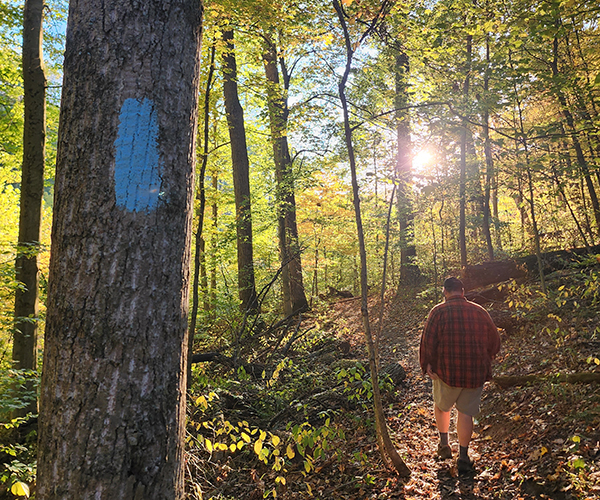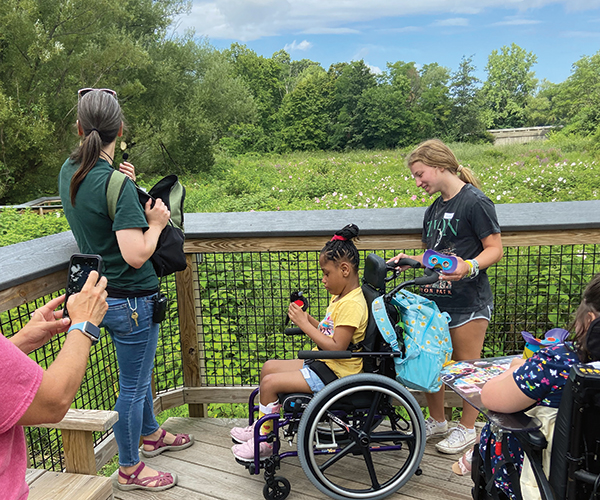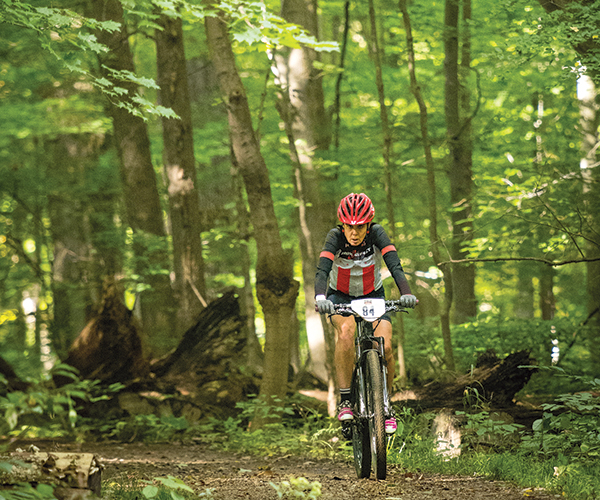It's the kind of thought that runs through my head every day as I explore this dry, cactus-dotted city shambling across the desert, creeping closer every day, with every new housing development that pops up along a newly minted highway, toward the long, low mountains hugging the valley. Phoenix is in flux; it's a city trying to integrate a Technicolor history rich with celebrities, Native American culture and the Wild West with a present that wants to be many things to many people.
Plunked on the side of the highway, between taco stands advertising their deals in Spanish and rundown shops of all kinds, sits My Florist Cafe, a shimmering slice of silver, mint and eggplant. Stepping into the compact restaurant for lunch, I have to ooh and ahh just a little. During my Christmastime visit, it's chockablock with funky accessories, including a Christmas tree cleverly crafted out of twigs and decked with shiny red ornaments, and 1/4ber-hip patrons who adore the tuna nioise and asparagus salads at lunch and the piano player at night. Call me simple, but my favorite part of the meal is taste-testing the different breads that come with our salads and sandwiches: sunflower-seed, apricot-almond, currant-walnut, onion rye. Variety abounds here.
As we drive off, I realize there are other spots like this nestled into the roadside: intriguing, artsy shops peddling antiques, good food and Southwestern finds in freshly painted adobe buildings. Where did they come from? I muse. What are they doing here?
The answer lies in the supercharged Western migration. As cities in the Midwest shrink, the population in areas like Phoenix is growing exponentially. Maricopa, a tiny town on the outskirts of Phoenix, is just one example of the region's explosion. A recent USA Today article noted that the town's population has quadrupled since 2000, from around 4,000 people to more than 17,000, and is expected to hit 300,000 by 2025.
The influx of people is sending the city sprawling. But one place that hasn't been touched by growth is the Desert Botanical Gardens, situated on 145 acres within Phoenix's Papago Park. We head there for its annual holiday event, Las Noches de las Luminarias, a monthlong celebration where musicians serenade evening visitors and the paths glow with more than 6,000 luminarias. As a brilliant sun sets behind the mesa, I squint to make out the names of cacti that range from cute to spiny to totally torturous-looking.
The saguaros are my favorite. Found only in the Sonoran Desert, predominately in southern Arizona, the saguaros strike me as a Phoenix totem: mysterious, layered and so iconically desert. Each time I see one, I'm transfixed.
I've scheduled a guided, morning mountain bike trip (the terrain and weather make this region a hot spot for enthusiasts), and on it our weathered group leader debunks an old myth: The arms don't tell you the saguaro's age, he says. They just grow when the cactus is off balance.Â
A hot-air balloon ride gives me a chance to see saguaros, and the city's growth, from up high. After a languorous cruise around town, the captain touches down in a rugged area, brushing through cacti before miraculously coming to a gentle stop in a clearing. A set-up crew (including our captain) makes quick work of the balloon and basket, whips out tables and linens, and suddenly, there I am, eating quiches and fresh fruit while sipping mimosas right in the middle of the desert. How did I get here? I wonder. Where am I?
The surreal quality of my desert breakfast has nothing on my Wild West dinner, however. Rawhide Western Town is a totally cheesy, totally fun re-creation of an 1880s frontier town. After watching a shootout and downing a couple margaritas (who knew they had those in the 1800s?), I wind up in an eat-off at the Rawhide Steakhouse. We go for the gargantuan ribs-and-chicken combo and the fried rattlesnake. But at the Rocky Mountain oysters, I declare my food odyssey over, and my competitor is declared the winner.
I spend a Friday night downtown at a neighborhood artwalk, where the offerings are typical of the artwalk scene, avant-garde and kind of puzzling. Lots of galleries and shops are open. I find a spare, minimalist painting of palm trees in Made, one of the more accessible galleries on the strip. But at $200, I leave it for another tropics lover. Then it's off for a nightcap at Cheuvront Wine and Cheese Cafe a place with curtains on shower rings carving pools of private conversation out of the scattered bistro tables. Bon Appetit magazine called it “one of the hottest 50 restaurants in the U.S.A
Things are happening here. Businesses are rising to the trends, and people are showing up to see it play out. The city is building on the places that made it great (if you have the time, trips to the historic Biltmore Hotel and Taliesin West, Frank Lloyd Wright's winter home, are worth your while) and expanding to welcome the future at hand. At the fascinating Sheraton Wild Horse Pass Resort and Spa, I sit around a fire pit with a group of 20 locals and tourists to watch a Native American storyteller act out the stories of his people. The past is crashing up against a vibrant new way of life, and Phoenix's history is once again in the making.



